Top 7 Mexican Spices That Will Make Your Taste Buds Salsa-dance with Joy!
If you've ever bitten into a taco and felt like your taste buds just joined a street parade in Mexico City, you know it’s not magic—it's spice. From the smoky warmth of chipotle to the earthy depth of cumin, Mexican spices are more than just ingredients; they're flavor architects.
Table of Contents
- Why Mexican Spices Matter
- The Top 7 Popular Mexican Spices
- How to Use Them Like a Local
- Spice Comparison Chart
- Common Substitutes and Hacks
- Final Sprinkle of Wisdom
Why Mexican Spices Matter
Mexican cuisine is a UNESCO Intangible Cultural Heritage for good reason. It’s bold, balanced, and built on centuries of tradition. At the heart of this rich culinary heritage? You guessed it—spices. Unlike other cuisines that might use one or two dominant flavors, Mexican food blends them like a mariachi band: every note has its place and plays its part.
From the highlands of Oaxaca to the coastal kitchens of Veracruz, regional variations bring a dazzling array of spices to the table. Whether you’re after heat, aroma, depth, or complexity, there's a Mexican spice ready to deliver.
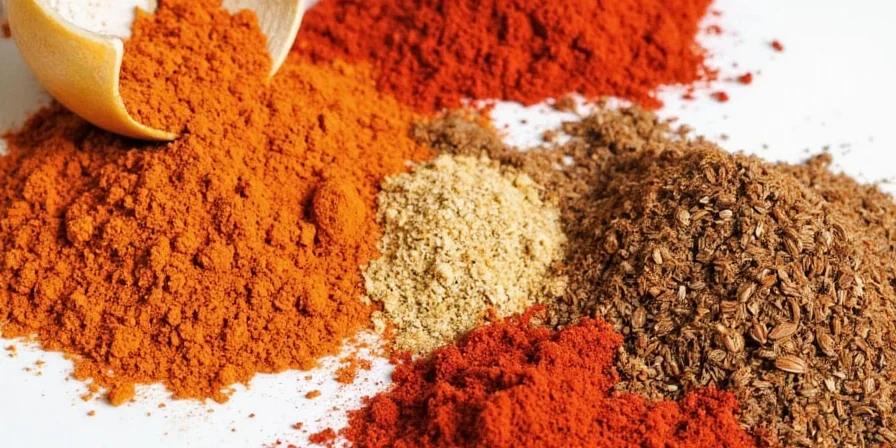
The Top 7 Popular Mexican Spices
Let’s take a flavorful journey through the seven most iconic spices that define Mexican cooking. Think of this list as your pantry passport to authentic Mexican cuisine:
- Cumin (Comino): The backbone of many salsas, moles, and meats. Earthy, warm, and slightly bitter, it’s like the glue that holds the flavor puzzle together.
- Chili Powder: Not just a single spice! Often a blend of ground chilies, garlic, cumin, and oregano. Used widely in Tex-Mex but also found in traditional dishes.
- Guajillo Chili: Mild to medium heat with a sweet, tangy flavor. Great in sauces and adobos.
- Ancho Chili: Sweet, fruity, and slightly smoky. Dried poblano peppers that add body and richness to sauces and stews.
- Chipotle: Smoked, dried jalapeños. Brings heat and a campfire-like smokiness that’s impossible to resist.
- Oregano (Mexican Style): More floral and pungent than Mediterranean oregano. Perfect for tomato-based dishes and grilled meats.
- Epazote: Polarizing but powerful. A fresh, almost citrusy herb often used in beans and soups to cut through heaviness.
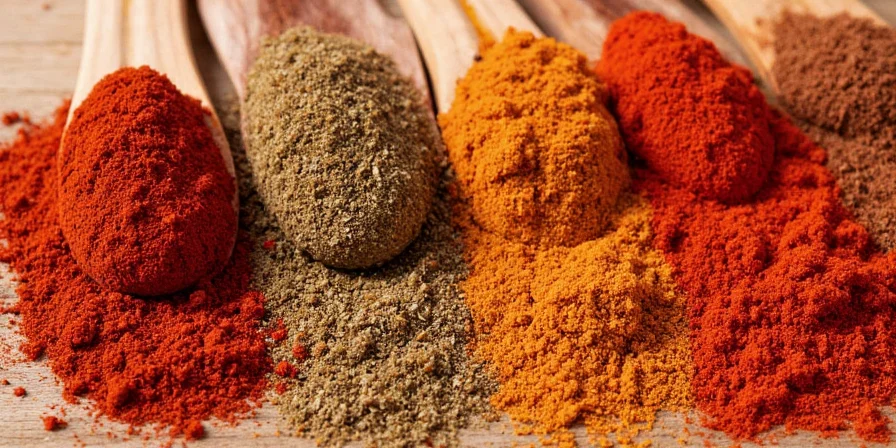
How to Use Them Like a Local
Using Mexican spices isn’t just about throwing everything into a pot and hoping for the best. Here are some pro tips to get the most out of your spice stash:
- Toast First, Taste Later: Dry-toasting whole seeds like cumin or annatto before grinding releases their essential oils and boosts flavor significantly.
- Bloom in Oil: Heat oil in a pan, add powdered spices briefly, and stir until fragrant. This unlocks layers of flavor you didn’t know existed.
- Dry vs. Wet: Some spices shine dry (like epazote), while others need liquid love. Guajillo and ancho chilies work wonders when rehydrated in hot water or broth before blending.
- Balance Is Key: Too much chili can overpower the subtler notes. Balance heat with sweetness (tomatoes, raisins) or acidity (lime juice, vinegar).
- Freshness Counts: Whole spices last longer than ground ones. If possible, buy in smaller quantities and grind only what you need.
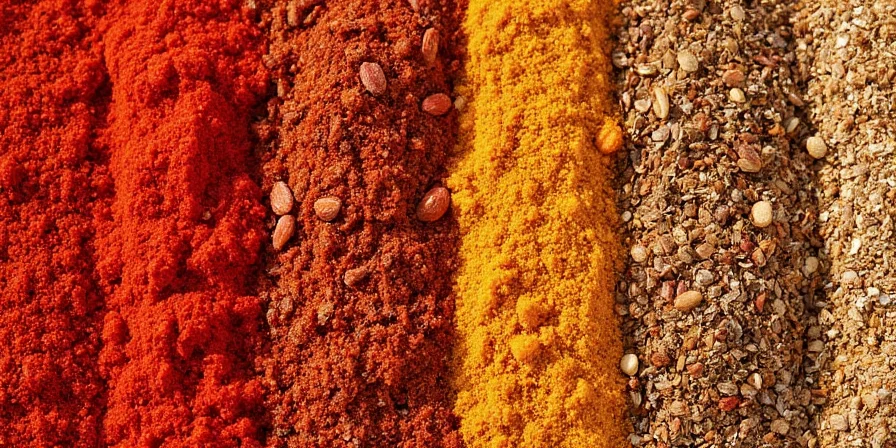
Spice Comparison Chart
| Spice | Heat Level | Flavor Profile | Best For | Substitute |
|---|---|---|---|---|
| Cumin | Mild | Earthy, nutty, slightly bitter | Tacos, enchiladas, chorizo | Paprika + a pinch of coriander |
| Chili Powder | Mild to Medium | Smoky, spicy, garlicky | Tex-Mex dishes, rubs | Smoked paprika + cumin |
| Guajillo Chili | Medium | Sweet, tangy, berry-like | Red sauces, marinades | California chili or pasilla |
| Ancho Chili | Mild to Medium | Fruity, smoky, raisin-like | Mole sauce, soups | Guajillo or mulato chili |
| Chipotle | Hot | Smoky, spicy, woodsy | Rubs, adobo, braises | Smoked paprika + cayenne |
| Mexican Oregano | Mild | Herbaceous, citrusy | Beef dishes, salsas | Regular oregano + lemon zest |
| Epazote | Mild | Pungent, minty, citrusy | Bean dishes, tamales | Lime juice + cilantro |
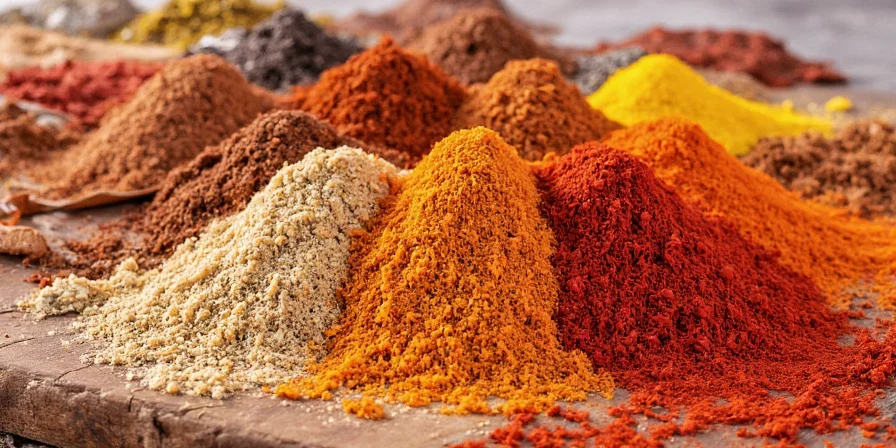
Common Substitutes and Hacks
Let’s be real: not everyone keeps guajillo chilies stocked at all times. When the spice aisle doesn’t cooperate, here are some clever stand-ins and tricks to keep your dish from falling flat:
- Missing Chipotle? Try smoked paprika with a dash of cayenne pepper. Close enough for your next batch of barbacoa tacos.
- No Ancho Chilies? Grab some prunes or raisins and blend them with a little red bell pepper powder. You’ll get that fruity depth without the search.
- Out of Cumin? Coriander seed and a pinch of paprika can mimic its warm, earthy tone. Toast them first for extra credit.
- Hate Epazote? Substitute with a squeeze of lime and a handful of fresh cilantro. Not the same, but equally refreshing.
- Want More Heat? Add a few drops of hot sauce like Valentina or Cholula to your dish during cooking. Avoid raw jalapeños unless you want crunch over spice.
Final Sprinkle of Wisdom
Spices are the soul of Mexican cuisine. Whether you’re making a quick salsa or simmering a mole for hours, the right spice mix can turn a meal into a memory. So don't be afraid to experiment, toast, blend, and balance. And remember: when in doubt, reach for the cumin… or maybe the chipotle.
Now go forth, spice up your life, and let your kitchen smell like a cantina in Cancun.
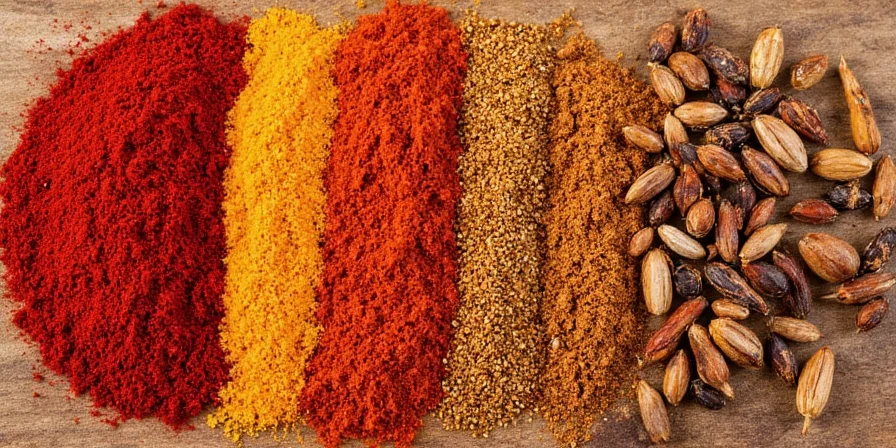
Summary of Key Takeaways:
- Mexican spices bring authenticity and depth to dishes.
- Each spice serves a unique role—understand their flavor profiles and uses.
- Toasting and blooming spices can dramatically improve taste.
- Use substitutes wisely, especially if a spice isn’t available locally.
- Don’t shy away from experimenting—your palate will thank you.

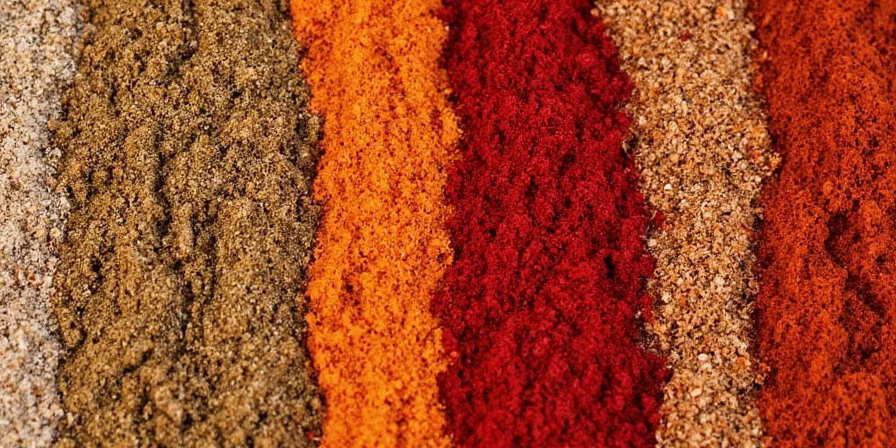









 浙公网安备
33010002000092号
浙公网安备
33010002000092号 浙B2-20120091-4
浙B2-20120091-4